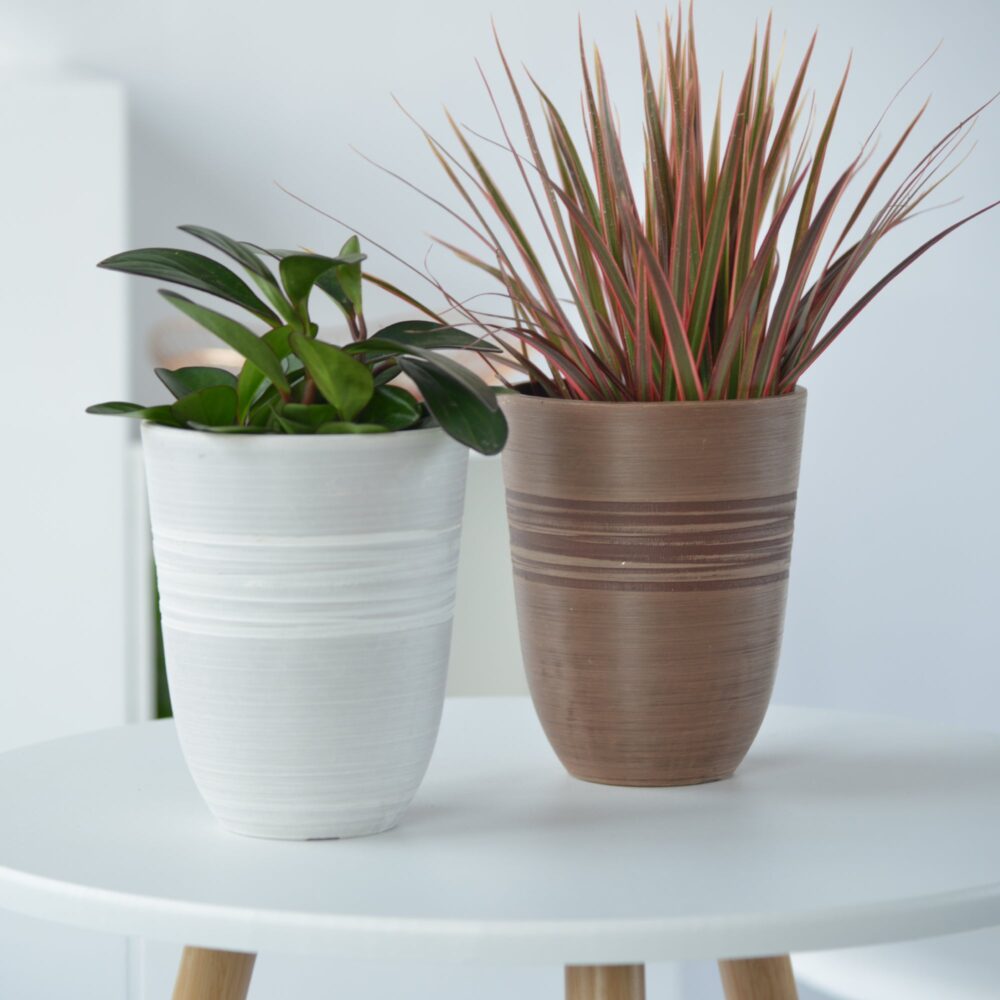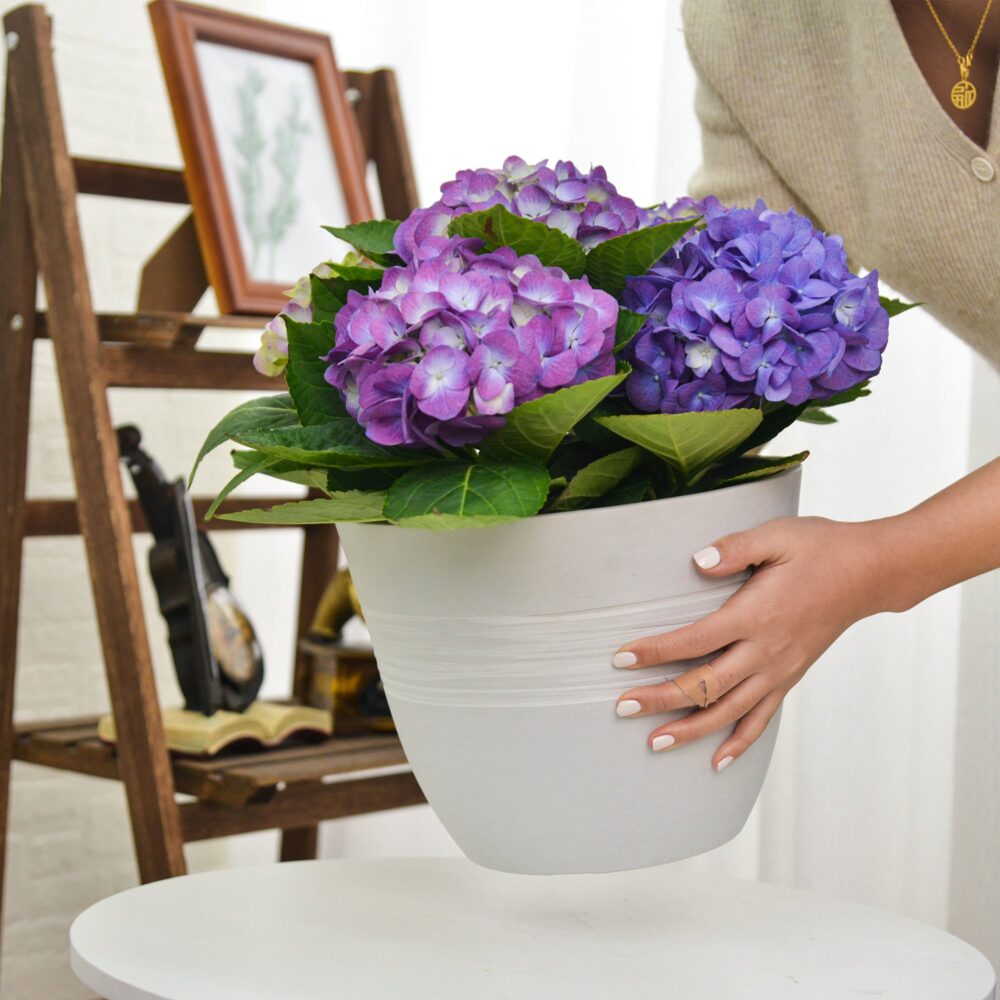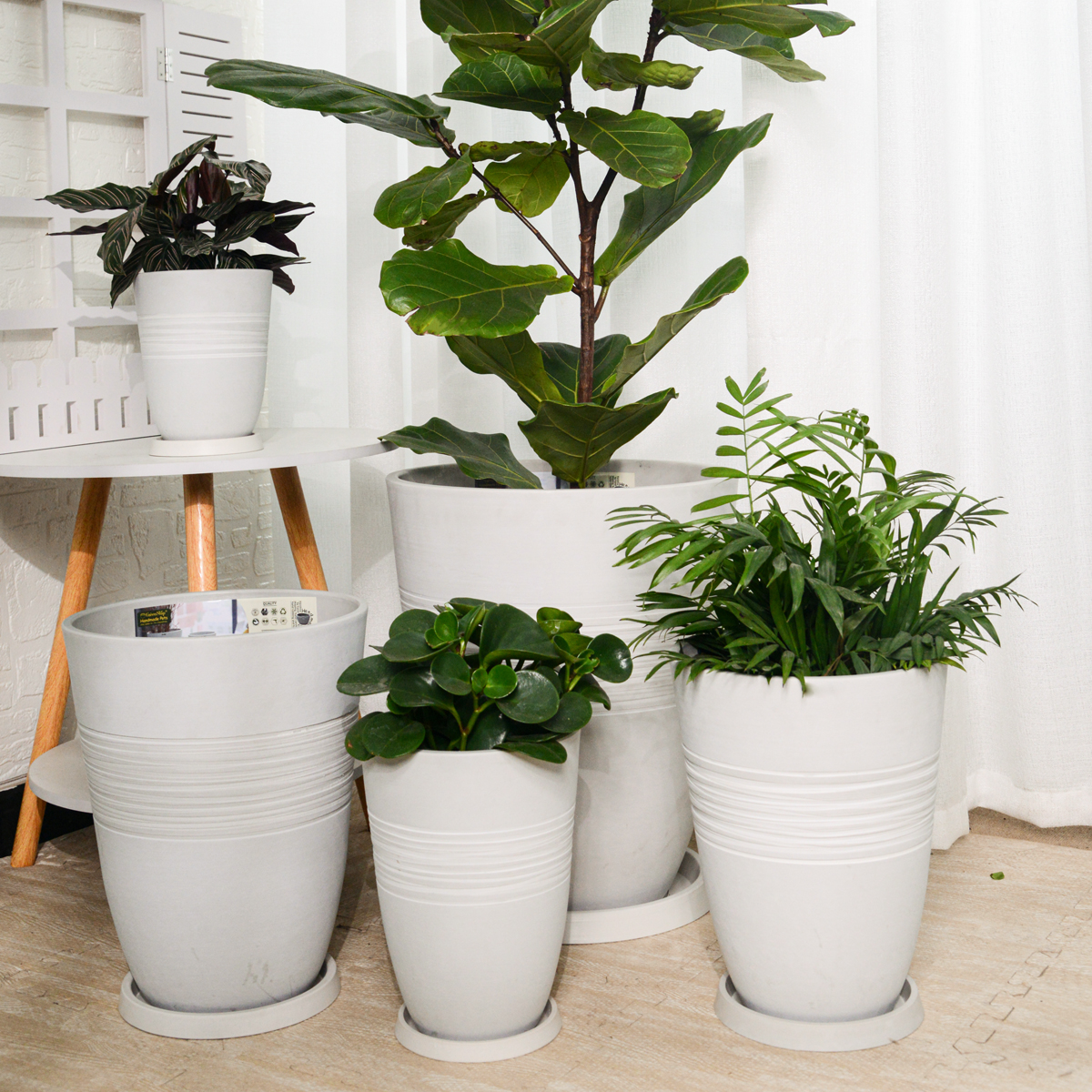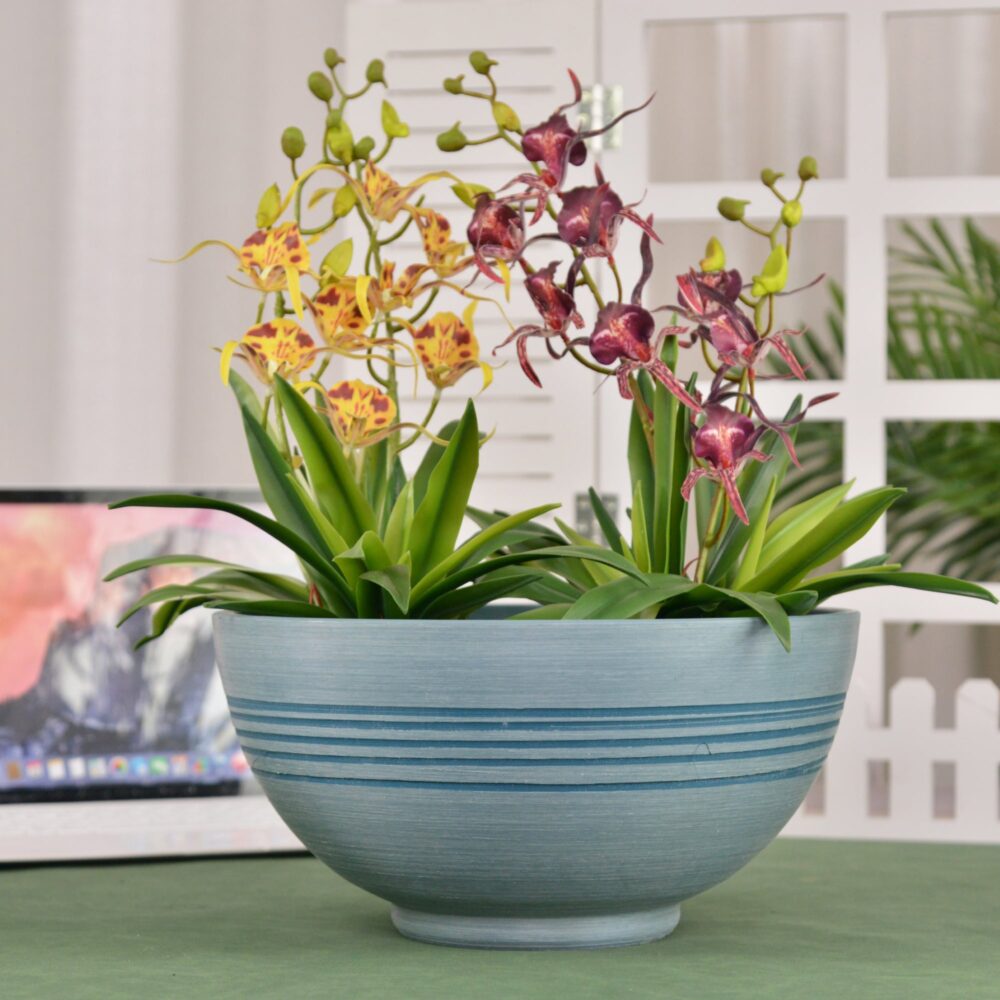Strawberries in Pots: The Complete Guide to Growing Sweet Berries Outdoors in Containers
Want to enjoy fresh, juicy strawberries right from your patio, balcony, or garden? Growing strawberries in containers is a wonderfully easy and rewarding way to cultivate these beloved fruits, even in small spaces. Celebrated for their delicious, sweet berries, their attractive foliage and white flowers, their relatively compact size, and their adaptability to container gardening, strawberries are perfect for adding a touch of homegrown goodness and fresh flavor to your outdoor living spaces. This comprehensive guide will provide you with everything you need to know to grow strawberries successfully in outdoor pots, from selecting the best varieties and containers to mastering essential care techniques for a bountiful harvest of sweet, sun-ripened berries.
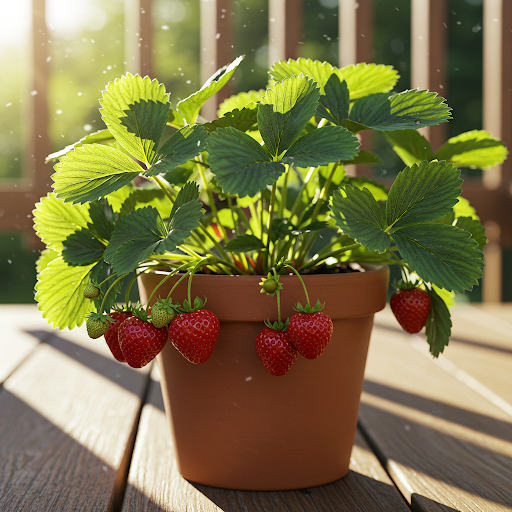
strawberries
What are Strawberries?
Strawberries are hybrid species of the genus Fragaria (family Rosaceae), widely grown for their edible fruit. They are not true berries botanically, but aggregate accessory fruits. Native to temperate regions of the Northern Hemisphere, strawberries are popular perennial plants grown for their delicious, sweet red berries and easy cultivation. Strawberry plants are characterized by their low-growing, spreading habit, trifoliate leaves with serrated edges, white or pinkish flowers, and red, heart-shaped fruit. They exhibit a spreading, clumping growth habit, typically reaching 6-12 inches in height and spreading 1-2 feet wide, depending on the variety and type. They are known for their sweet, flavorful berries, ease of growing, adaptability to various climates, and health benefits, making them an invaluable addition to home gardens and containers, especially for fresh eating, desserts, and preserves.
Are Strawberries Good for Outdoor Pots?
Yes, strawberries are exceptionally well-suited for outdoor pots and container gardening, and are in fact a very popular choice for container cultivation, especially for home gardeners with limited space or those wanting to protect their plants from soilborne pests and diseases. Their compact size, relatively shallow root system, high yield potential even in small spaces, and delicious fruit make them ideal for growing in pots, patio containers, hanging baskets, and strawberry jars on patios, balconies, and decks. Growing strawberries in pots allows you to easily control their growing conditions, such as soil, watering, and sunlight, and to move them to optimal locations throughout the seasons. Container gardening also helps to prevent weed competition and makes harvesting easier. Strawberries in pots can be both ornamental and productive, adding beauty and fresh fruit to your outdoor living areas.
Ideal Growing Conditions for Strawberries in Pots:
Types of Strawberries for Pots: Many strawberry varieties are suitable for pots, but consider your desired berry size, flavor, yield, and growth habit when choosing:
- June-Bearing Strawberries: (Short-day) – Produce one large crop of berries in early summer, typically over a 2-3 week period. Known for their large berry size and concentrated harvest. Best for gardeners who want a large harvest for preserving or freezing at once. Popular June-bearing varieties for pots include ‘Chandler’, ‘Honeoye’, ‘Earliglow’, ‘Allstar’, and ‘Sparkle’. Choose June-bearing types if you want a single, large harvest.
- Everbearing Strawberries: (Day-neutral) – Produce two to three harvests of berries throughout the spring, summer, and fall. Known for their extended harvest season and continuous fruit production. Best for gardeners who want a steady supply of fresh berries over a longer period. Popular everbearing varieties for pots include ‘Seascape’, ‘Albion’, ‘Ozark Beauty’, ‘Quinault’, and ‘Tri-Star’. Choose everbearing types for a continuous supply of berries.
- Day-Neutral Strawberries: Very similar to everbearing, also produce fruit throughout the growing season, largely unaffected by day length. Often used interchangeably with everbearing. ‘Seascape’ and ‘Albion’ are often classified as day-neutral.
- Alpine Strawberries: ( Fragaria vesca) – Small, intensely flavorful berries, often white or red, produce fruit throughout the summer. Known for their unique, gourmet flavor and ornamental appeal. Best for gardeners who value flavor over size and want a continuous supply of small, flavorful berries. Alpine strawberries are often runnerless and clump-forming, making them particularly well-suited for pots. Popular Alpine varieties include ‘Alexandria’ (white), ‘Ruegen’ (red), ‘Mignonette’ (red), and ‘Yellow Wonder’ (yellow-gold). Choose Alpine types for unique flavor and ornamental value.
- Trailing Strawberries: Varieties bred for hanging baskets and cascading growth, often everbearing. ‘Toscana’, ‘Tristan’, ‘Ruby Ann’, and ‘Summer Breeze’ series are popular trailing types. Ideal for hanging baskets and window boxes.
Light: Strawberries need full sun. They require at least 6-8 hours of direct sunlight per day to produce abundant, sweet berries. Choose a sunny location for your strawberry containers, such as a south-facing patio, balcony, or garden bed. In partial shade, strawberry plants will produce fewer berries, and the fruit may be smaller and less sweet. Full sun is essential for optimal fruit production, sweetness, and plant health.
Soil: Strawberries need well-draining soil that is rich in organic matter and slightly acidic. Use a high-quality potting mix specifically formulated for containers or fruits and vegetables. Amend potting mix with compost, aged manure, or other organic matter to improve fertility, drainage, and water retention. Strawberries prefer slightly acidic soil with a pH between 5.5 and 6.5. Ensure good drainage to prevent root rot, as strawberries do not like to sit in soggy soil. Avoid heavy, compacted soil or garden soil in pots, as they can become waterlogged.
Watering: Strawberries need consistent moisture, especially during fruit production. Water thoroughly when the top inch of soil feels slightly dry. Water deeply until water drains out of the drainage holes. Keep the soil consistently moist, especially during flowering and fruiting periods. Avoid letting the soil dry out completely, as this can stress plants and reduce berry yield and size. However, also avoid overwatering and constantly soggy soil, which can lead to root rot. Strawberries prefer a “moist but not soggy” soil environment. Watering frequency will depend on weather conditions, light levels, pot size, and plant growth stage. During hot, dry, and windy weather, you may need to water daily or even twice a day for smaller pots in full sun. Check soil moisture regularly and adjust watering accordingly. Water at the base of the plant or use soaker hoses or drip irrigation to keep foliage dry and prevent fungal diseases.
Temperature: Strawberries are cold-hardy perennials but also thrive in moderate temperatures for optimal fruit production. They perform best in temperatures between 60°F to 80°F (15°C to 27°C) during the growing season. They are cold-hardy to USDA zones 3-9 or 4-9, depending on the variety. They need a period of winter chill to set fruit properly in the following season. In colder zones, potted strawberries can be left outdoors to overwinter, but provide some protection for the roots in containers, especially in very cold areas. In warmer zones (above zone 9), strawberries may produce fruit year-round, but may benefit from some afternoon shade in very hot summer areas. Potted strawberries are easy to move to optimal locations to enjoy their beauty and provide protection from temperature extremes.
Fertilizer: Strawberries are moderate feeders and benefit from regular fertilization to support their growth and fruit production. Consistent fertilization encourages healthy plants and abundant, sweet berries. Fertilize in early spring as new growth emerges, again after the first flush of blooms, and again lightly after the main harvest (for everbearing types, fertilize every 4-6 weeks during the growing season). Use a balanced fertilizer (e.g., 10-10-10 or 14-14-14) or a fertilizer specifically formulated for berries or fruits and vegetables. For containers, liquid fertilizers or water-soluble fertilizers are easy to apply and control. Follow product label instructions for application rates. Avoid over-fertilizing, especially with high-nitrogen fertilizers, which can promote leafy growth at the expense of fruit production.
Choosing the Right Pots for Strawberries:
Suitable Pot Types: Strawberries can be grown in various pot types, including terracotta pots, ceramic pots, plastic pots, resin pots, hanging baskets, and strawberry jars. Consider these factors when selecting pot types for strawberries:
- Strawberry Jars: Specifically designed for strawberries, with pockets along the sides for planting multiple plants in a vertical display. Excellent for maximizing space and creating ornamental strawberry towers. Strawberry jars are ideal for smaller spaces and for showcasing multiple plants. Ensure good drainage and use a well-draining potting mix.
- Hanging Baskets: Trailing strawberry varieties are beautiful in hanging baskets, allowing the plants to cascade over the edges. Ideal for patios, balconies, and porches, creating a lovely vertical display. Hanging baskets are best for trailing types and for elevated fruiting. Ensure adequate size and good drainage.
- Plastic Pots: Lightweight, inexpensive, retain moisture well, and are available in various sizes and colors. Practical and versatile choice for strawberries, especially for beginners and for larger plantings. Choose good quality plastic pots with drainage holes. Plastic pots help retain moisture, which can be beneficial for strawberries, especially in sunny locations.
- Resin Pots: Lightweight, durable, available in various styles mimicking terracotta or ceramic, and offer a balance of drainage and moisture retention. A good alternative to heavy ceramic pots, and often more durable than terracotta or plastic. Resin pots also retain moisture well, similar to plastic.
- Terracotta Pots: Porous, allow good aeration and drainage, and aesthetically classic and warm-toned, complementing the natural charm of strawberries. Terracotta can be used for strawberries, especially if you are careful with watering to maintain consistent moisture, and amend soil well with moisture-retentive organic matter. Terracotta may be more suitable in cooler or more humid climates.
- Ceramic Pots: Glazed ceramic pots are a good choice, available in many decorative styles, can add a decorative element to your container garden, and retain moisture reasonably well. Ensure good drainage. Choose based on your desired aesthetic and moisture retention needs.
Drainage: Excellent drainage is essential for strawberries to prevent root rot. They are susceptible to root rot in soggy conditions. Ensure your chosen pot has drainage holes at the bottom. Avoid pots without drainage holes. Adding a layer of perlite or pot shards at the base of the pot is recommended to further improve drainage, especially in heavier pots or if you tend to overwater. Elevating pots slightly on pot feet or bricks can further improve drainage and air circulation around the base.
Pot Size: Choose pot sizes appropriate for the type of strawberry (June-bearing, everbearing, Alpine) and the number of plants you intend to grow in each pot. Strawberries have moderately sized root systems but need adequate space for healthy growth and fruit production.
- Small Pots (Alpine Strawberries, Individual Plants): For Alpine strawberries or individual strawberry plants in small pots, use pots that are at least 8 inches in diameter and at least 6 inches deep. These are suitable for Alpine types or starting individual plants.
- Medium Pots (Everbearing Strawberries, Patio Containers, Strawberry Jars): For everbearing strawberries, patio containers, or strawberry jars, use pots that are 10-14 inches in diameter or larger and at least 8-10 inches deep for individual plants, or larger patio containers or strawberry jars for multiple plants. Strawberry jars typically have pockets that are about 6-8 inches in diameter.
- Large Pots (June-Bearing Strawberries, Larger Plantings): For June-bearing strawberries or larger plantings, use pots that are 12-18 inches in diameter or larger and at least 10-12 inches deep to accommodate their larger root systems and higher fruit production potential.
Color and Style: Choose pot colors and styles that complement your strawberry plants and your outdoor décor, and enhance their natural, fresh appeal. Red, terracotta, white, or natural-toned pots can create a classic and charming look, highlighting the red berries and green foliage. Brightly colored pots can also work, adding a cheerful touch to your strawberry display. Rustic or farmhouse-style pots can enhance the homegrown, natural feel of strawberry gardening. Consider the overall style of your patio or garden and choose pots that harmonize with the surroundings, and enhance the fresh, inviting ambiance you wish to create.
Essential Care Tips for Thriving Strawberries in Outdoor Pots:
- Watering: “Keep Soil Consistently Moist, Avoid Soggy Soil”. Water thoroughly and regularly to maintain consistently moist soil, especially during flowering and fruiting. Water deeply when the top inch of soil feels slightly dry. Avoid letting the soil dry out completely, but also avoid overwatering and soggy soil. Consistent moisture is key for berry production.
- Sunlight: Provide Full Sun (6-8+ Hours Daily). Place strawberry pots in a location that receives full sun for optimal growth, flowering, and fruit production.
- Fertilizing: Fertilize in Early Spring, After Bloom, and After Harvest (Everbearing). Fertilize in early spring as new growth emerges, again after the first flush of blooms, and again lightly after the main harvest (for everbearing types, fertilize every 4-6 weeks during growing season). Use a balanced fertilizer or berry-specific fertilizer. Avoid over-fertilizing.
- Mulching (Conserve Moisture, Suppress Weeds, Protect Fruit): Apply a layer of organic mulch, such as straw, pine needles, or shredded bark, around strawberry plants in pots. Mulch helps to conserve soil moisture, suppress weeds, keep berries clean, and protect fruit from soil contact. Straw mulch is particularly traditional and effective for strawberries.
- Protect from Pests and Diseases: Monitor for common strawberry pests like slugs, snails, aphids, spider mites, and birds. Use organic pest control methods like handpicking, beer traps for slugs/snails, insecticidal soap, or row covers to protect plants and fruit. Common strawberry diseases include gray mold (Botrytis), powdery mildew, and root rot. Ensure good air circulation, avoid overcrowding, provide good drainage, and water at the base of plants to prevent fungal diseases. Use organic fungicides if necessary. Bird netting may be needed to protect ripening berries from birds.
- Runner Management (June-Bearing): June-bearing strawberries produce runners (stems that root and form new plants). In pots, remove runners regularly to keep plants focused on fruit production and prevent overcrowding. Runners can be rooted to propagate new plants if desired, but are generally removed in container gardening to maintain plant vigor and fruit yield. Everbearing and Alpine types produce fewer runners.
- Winter Care (Cold Climates): In USDA zones 3-7, potted strawberries need winter protection. In fall, after foliage dies back, protect pots from freezing temperatures by moving them to an unheated garage, shed, or sheltered location. Insulate pots by wrapping them with burlap or bubble wrap. Water pots occasionally during winter to prevent soil from completely drying out, but do not keep them soggy. In early spring, after frost danger has passed, gradually move pots back outdoors to a sunny location. In milder zones (8-9), winter protection may be less critical, but mulching around plants and protecting pots from hard freezes is still recommended.
Popular Strawberry Cultivars for Pots (by Type/Berry Size/Flavor):
- Everbearing: ‘Seascape’ (large, flavorful, high yield), ‘Albion’ (large, sweet, disease-resistant), ‘Ozark Beauty’ (large, sweet, early), ‘Quinault’ (large, soft, good flavor), ‘Tri-Star’ (medium, very sweet, aromatic).
- June-Bearing: ‘Chandler’ (large, firm, classic flavor, popular commercial variety), ‘Honeoye’ (medium-large, firm, early, cold-hardy), ‘Earliglow’ (medium, very sweet, early), ‘Allstar’ (large, classic flavor, disease-resistant), ‘Sparkle’ (medium, very flavorful, good for jam).
- Alpine: ‘Alexandria’ (white berries, pineapple-like flavor, runnerless), ‘Ruegen’ (red berries, intense flavor, runnerless), ‘Mignonette’ (red berries, classic Alpine flavor, runnerless), ‘Yellow Wonder’ (yellow-gold berries, sweet, runnerless).
- Trailing: ‘Toscana’ (rose-pink flowers, red berries, everbearing, ornamental), ‘Tristan’ (deep rose flowers, red berries, everbearing, ornamental), ‘Ruby Ann’ (deep red flowers, red berries, everbearing, ornamental), ‘Summer Breeze’ series (various flower colors, red berries, everbearing, ornamental).
In Summary:
Growing strawberries in outdoor pots is a wonderfully rewarding way to enjoy fresh, homegrown berries from your patio, balcony, or garden, even in limited spaces. Their delicious fruit, attractive plants, and adaptability to containers make them a perfect choice for container gardeners of all levels. By providing full sun, rich, well-draining potting mix in pots with excellent drainage, consistent moisture, regular fertilizing during the growing season, and choosing pot sizes and styles that complement their fresh, natural appeal, you can easily cultivate thriving strawberry plants in pots and enjoy a bountiful harvest of sweet, sun-ripened berries each season, right at your doorstep.
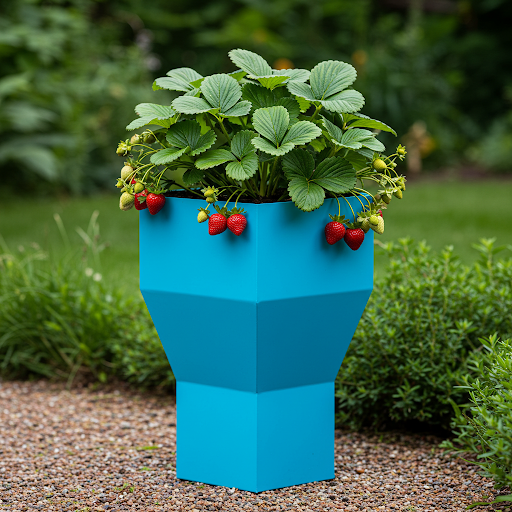
strawberries
For more detailed botanical information and to explore the diverse world of Fragaria (strawberries), you can visit the Wikipedia page on Strawberry.
Important Note: Strawberries are a healthy and delicious fruit, rich in vitamins, antioxidants, and fiber. Growing your own strawberries in pots allows you to enjoy fresh, flavorful berries free from pesticides and herbicides, and experience the simple pleasure of harvesting your own homegrown fruit. With these simple care practices, you can enjoy a season filled with the sweet taste of success with strawberries in your outdoor containers.
Plant Pots 6 inch 8 inch 10 inch for Indoor Plants, Set of 3 Modern Decorative Planter ts with Drainage Hole, Decorative Flower Pots
By greenship-seo|2025-04-10T06:39:28+00:00January 14, 2025|Categories: Hand-carving Series|Tags: Decorative Flower Pots|
KC3-14A
By greenship|2024-08-16T06:26:30+00:00August 16, 2024|Categories: Hand-carving Series|
Planter for Indoor Outdoor Plants, Set of 2 Modern Decorative Plant Pots with Drainage Hole, Decorative Flower Pots
By greenship-seo|2025-01-14T12:26:44+00:00January 14, 2025|Categories: Hand-carving Series|Tags: Decorative Flower Pots|
KC2-11VH
By greenship|2024-08-16T06:19:28+00:00August 16, 2024|Categories: Hand-carving Series|
13 inch Planter for Indoor Plants, Set of 2 Modern Decorative Plant Pots with Drainage Hole, Cute Bowl Shape Flower Pots
By greenship-seo|2025-04-10T07:41:46+00:00January 10, 2025|Categories: Hand-carving Series|Tags: Decorative Flower Pots, Self-Watering Pots|
Planter 6 in W / 8 in W / 12 in W Indoor or Outdoor Plants, Modern Decorative Plant Pots with Drainage Hole, Decorative Flower Pots
By greenship-seo|2025-02-06T13:43:53+00:00January 16, 2025|Categories: Hand-carving Series|Tags: Decorative Flower Pots|

